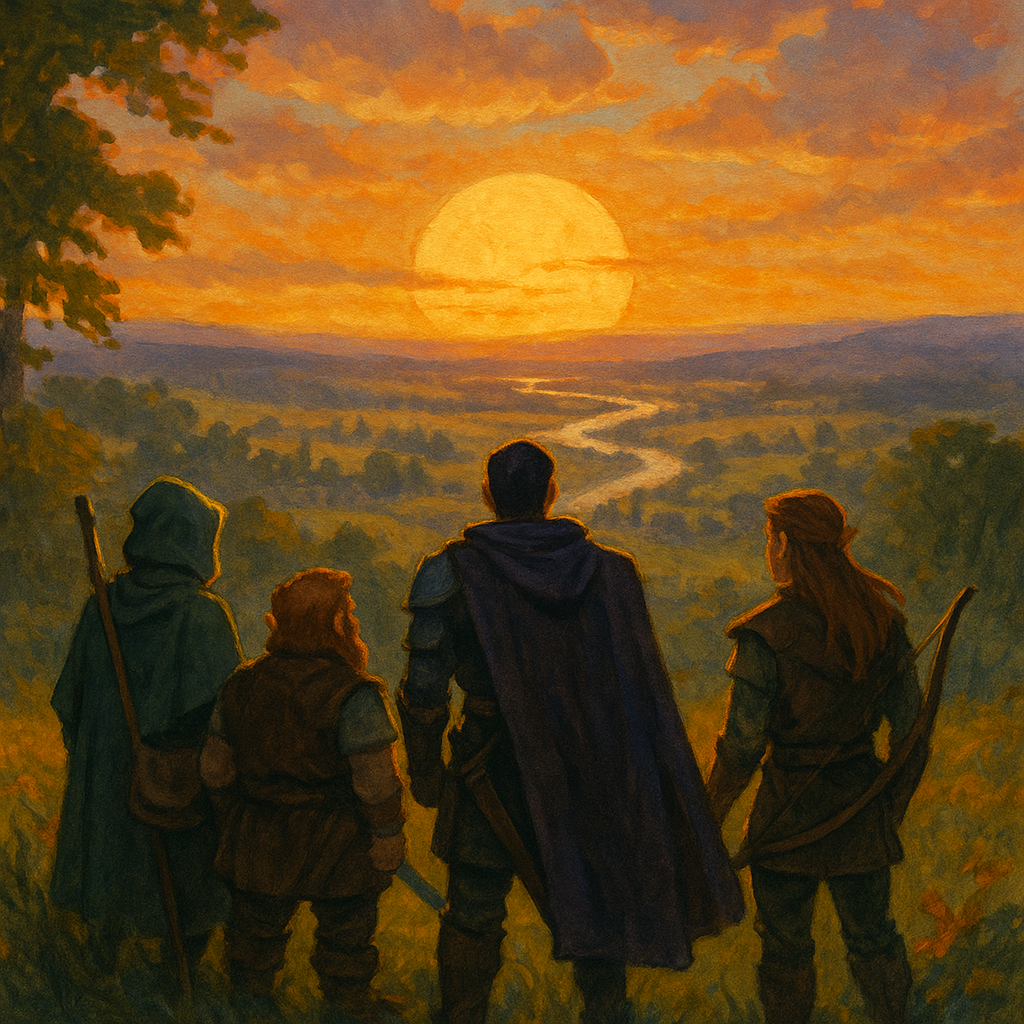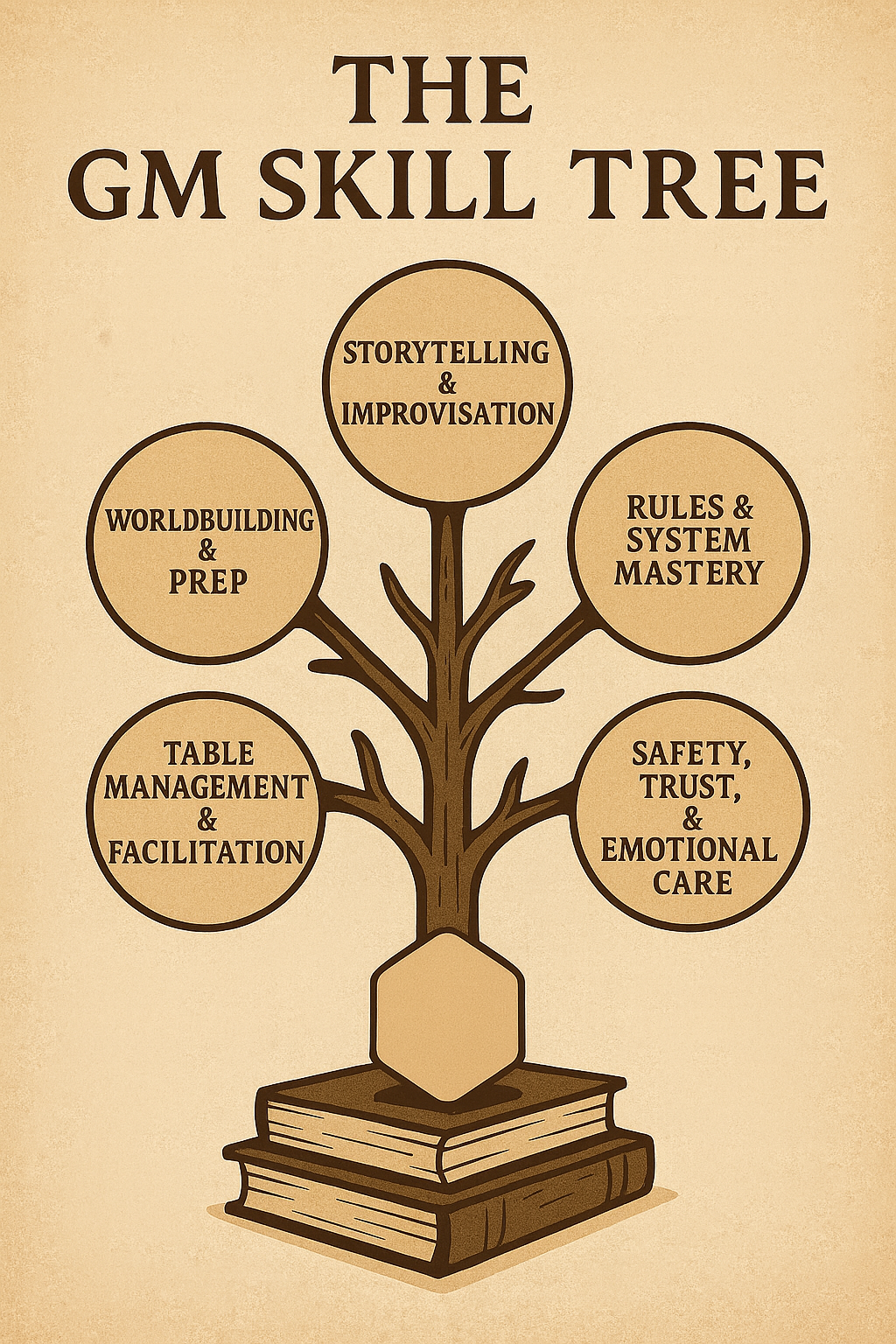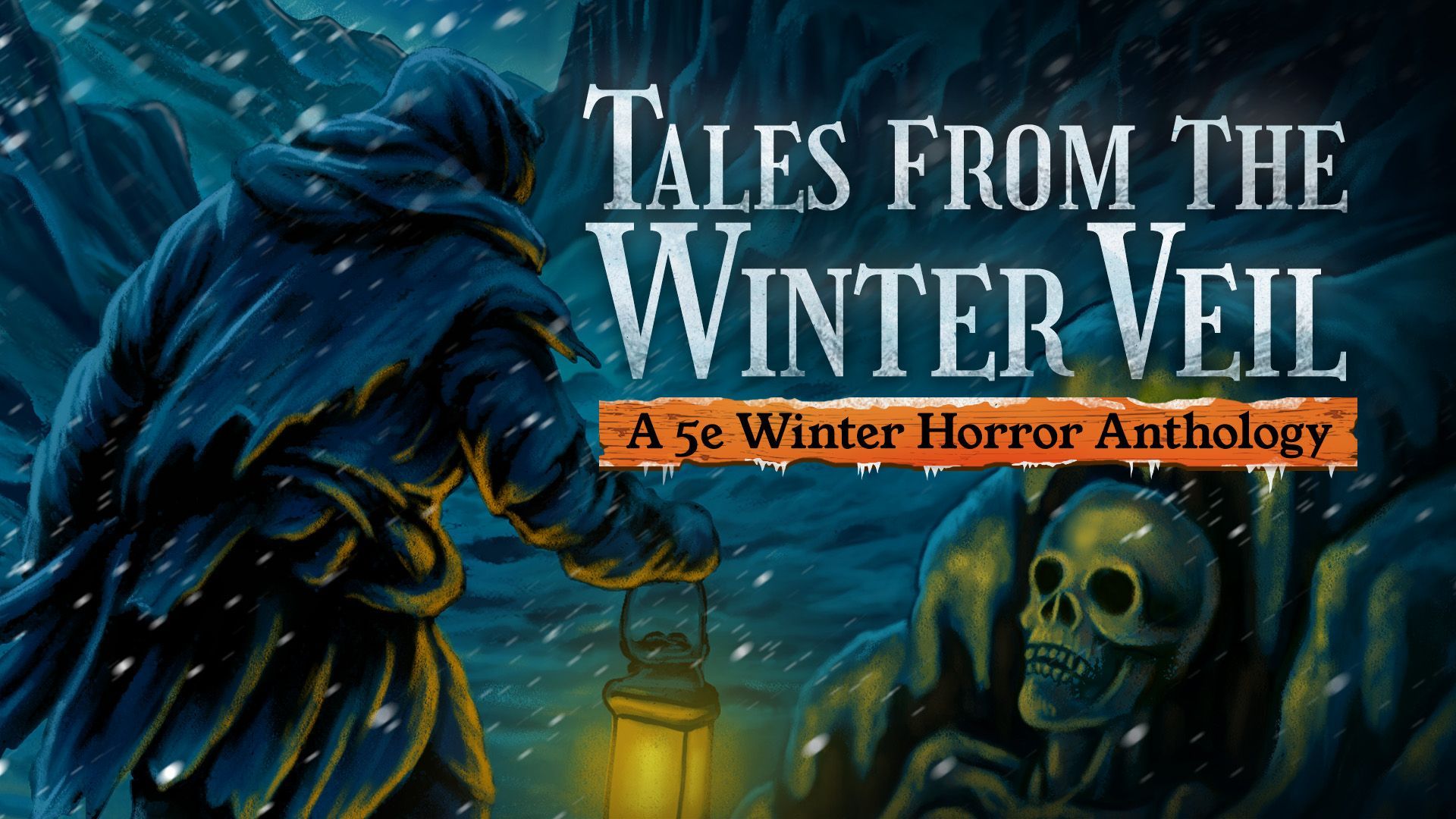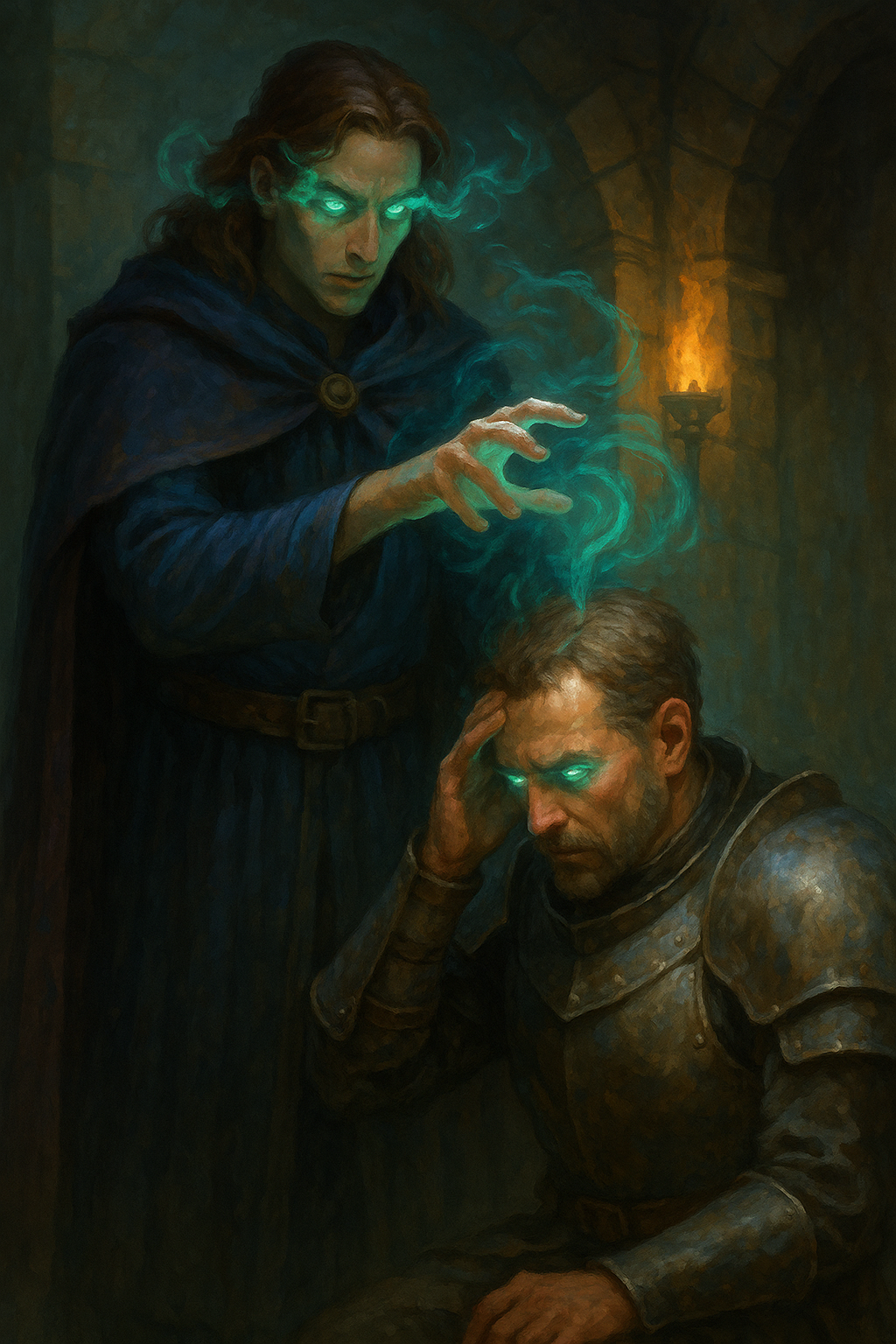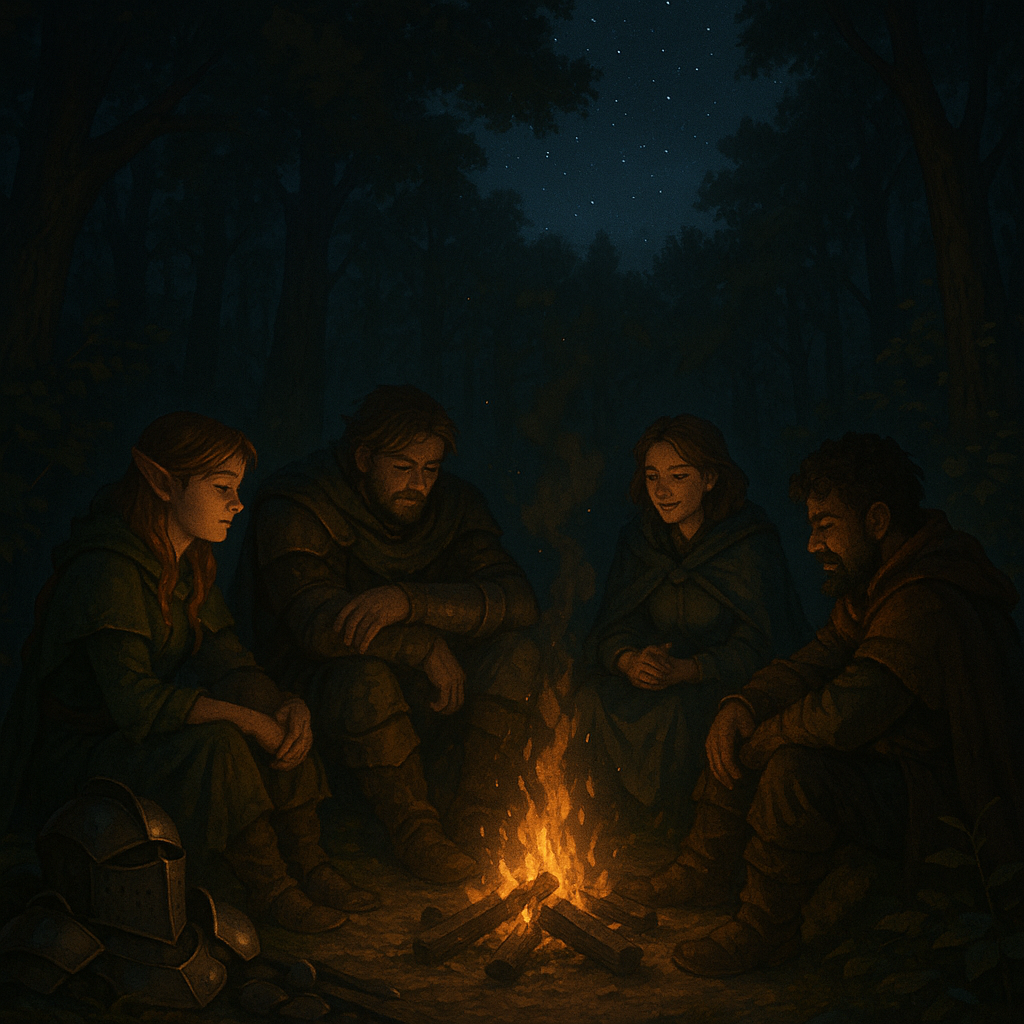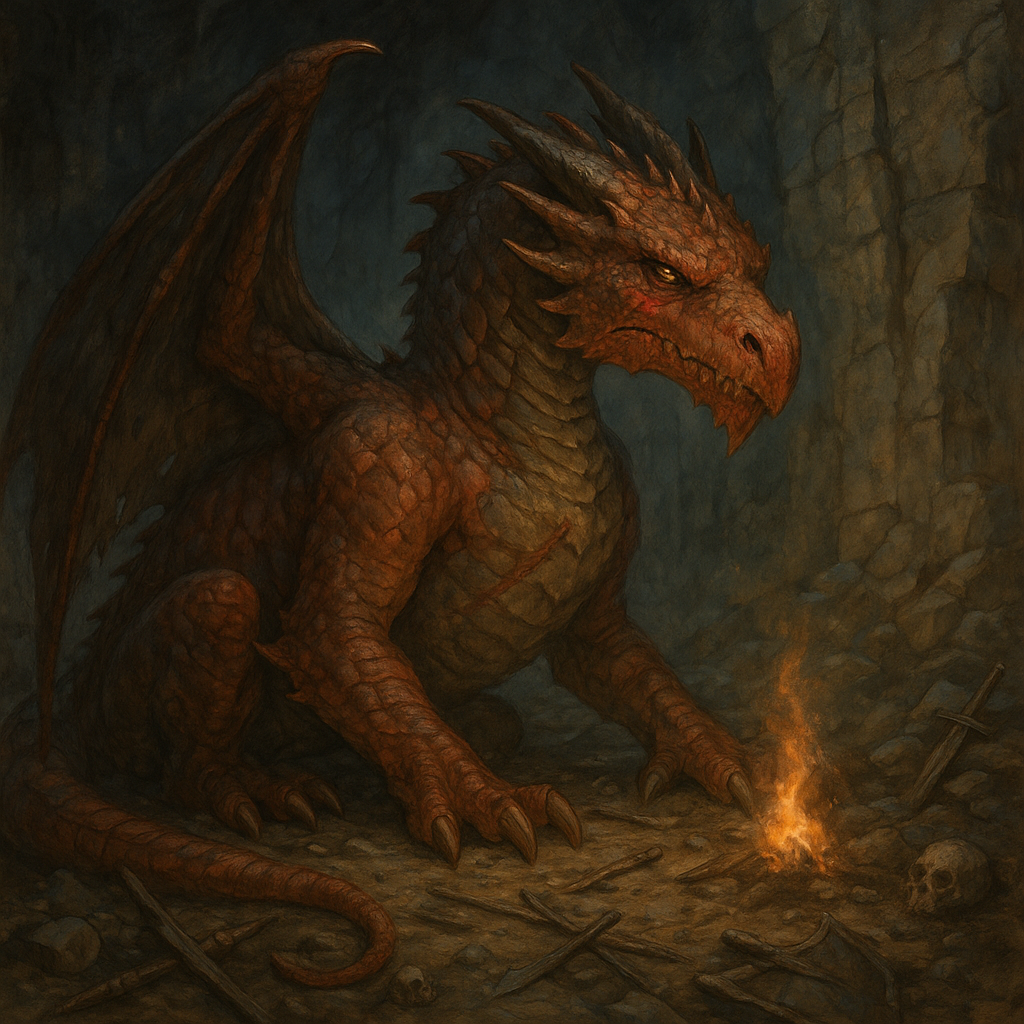The Myths of the Satanic Panic: A Hard Time for D&D Players
Dear Readers, in the annals of Dungeons & Dragons (D&D) history, there exists a chapter that remains etched in the collective memory of players and enthusiasts alike—the era of the Satanic Panic. This dark period, spanning the 1980s and early 1990s, saw D&D come under intense scrutiny and condemnation from various quarters of society. Accusations of promoting Satanism, encouraging occult practices, and even driving players to madness and suicide were rampant. In this blog post, we delve into the myths of the Satanic Panic, exploring its origins, its impact on D&D, and the enduring legacy it has left on the gaming community.
Origins of the Satanic Panic:
To understand the Satanic Panic and its impact on D&D, it’s essential to grasp the cultural and social context in which it emerged. The 1970s and 1980s were marked by a resurgence of conservative values in the United States, fueled in part by the rise of the religious right and the Moral Majority movement. Against this backdrop, concerns about the influence of popular culture on youth were on the rise, with particular attention given to music, movies, and, of course, tabletop role-playing games like D&D.
The roots of the Satanic Panic can be traced back to a series of high-profile criminal cases, most notably the trials of accused serial killers such as Charles Manson and Richard Ramirez, whose crimes were sensationalized in the media and linked to Satanic rituals and cult activity. These cases, combined with the publication of books like “Michelle Remembers” by Michelle Smith and Lawrence Pazder, which purported to document real-life experiences of Satanic ritual abuse, laid the groundwork for a climate of fear and paranoia.
Enter D&D:
Against this backdrop of fear and uncertainty, D&D emerged as a convenient scapegoat for societal anxieties about youth culture and the perceived erosion of traditional values. With its themes of magic, monsters, and occultism, D&D was an easy target for moral crusaders looking to rally support against perceived threats to the moral fabric of society.
The release of the “Advanced Dungeons & Dragons Player’s Handbook” in 1978 further stoked fears about the game’s content, with its inclusion of spells, demons, and other elements deemed objectionable by critics. Sensationalized accounts of D&D-related incidents, such as the disappearance of James Dallas Egbert III and the tragic death of Irving Lee Pulling Jr., only served to fuel the flames of hysteria.
The Media Blitz:
Fueling the flames of the Satanic Panic were sensationalized media reports, television specials, and books that painted D&D as a dangerous and corrupting influence on impressionable young minds. From tabloid headlines proclaiming “Dungeons of Death” to primetime news segments warning of the perils of “demonic possession,” the media played a significant role in shaping public perception of the game.
One of the most notorious examples of media hysteria surrounding D&D was the made-for-TV movie “Mazes and Monsters,” starring Tom Hanks. Loosely based on the real-life disappearance of James Dallas Egbert III, the film depicted a group of college students who become obsessed with a fictional role-playing game and descend into madness and violence. While the movie was widely panned by critics and disavowed by D&D creator Gary Gygax, it nevertheless reinforced negative stereotypes about the game and its players.
Legal Battles and Moral Crusades:
The Satanic Panic also led to a wave of legal challenges and moral crusades against D&D, as concerned parents, religious groups, and politicians sought to ban or restrict access to the game. In 1982, Patricia Pulling, the mother of Irving Lee Pulling Jr., filed a lawsuit against TSR, the company behind D&D, alleging that the game had contributed to her son’s suicide. While the lawsuit was ultimately dismissed, it sparked a nationwide debate about the potential dangers of D&D and led to calls for regulation.
In response to mounting pressure, some school districts and libraries banned D&D from their premises, while others implemented strict guidelines for its use. In some cases, D&D players found themselves ostracized by their peers or subjected to harassment and bullying by authority figures who viewed the game as a gateway to Satanic worship or criminal behavior.
The Legacy of the Satanic Panic:
Despite being debunked and discredited in the years since, the legacy of the Satanic Panic continues to loom large in the collective memory of the gaming community. For many players who lived through the era, the scars of stigma and persecution run deep, serving as a reminder of the power of fear and misinformation to shape public opinion.
Moreover, the Satanic Panic had a lasting impact on the gaming industry, prompting publishers to self-censor and sanitize their products to avoid controversy. In the wake of the backlash against D&D, other tabletop role-playing games faced similar scrutiny, leading to a chilling effect on creativity and innovation within the hobby.
Thankfully, the tide began to turn in the 1990s, as public awareness of the dangers of moral panic grew, and scholars and journalists began to debunk the myths and misconceptions surrounding D&D. With the rise of the internet and the proliferation of online communities, players were able to connect with like-minded individuals and share their love of the game without fear of persecution.
Moving Forward:
Today, D&D stands as a testament to the resilience of the human spirit and the enduring power of imagination. Despite the challenges of the past, the game continues to thrive, captivating new generations of players and inspiring countless works of fiction, art, and scholarship.
As we reflect on the myths of the Satanic Panic, let us remember the lessons of history and remain vigilant against the forces of fear and ignorance that seek to divide us. By embracing diversity, inclusivity, and creativity, we can ensure that D&D remains a beacon of light in a world too often shrouded in darkness.
We must always be watchful for a resurgence of this nonsensical ideology, as even in modern days have we seen such entities like QAnon beginning to dredge up the debunked claims of the Satanic Panic.
In the words of Gary Gygax, “D&D is about social interaction, imagination, and storytelling. It’s about creating a shared experience that brings people together and allows them to explore new worlds and new ideas. It’s about friendship, teamwork, and the power of the human imagination to overcome adversity. And, most importantly, it’s about having fun.”
So let us raise our dice in defiance of the myths of the Satanic Panic and celebrate the magic of D&D, now and forevermore.
May your adventures be epic, your rolls be natural 20s, and your friendships be as enduring as the bonds forged around the gaming table.
Until next time, Dear Readers…















